10 largest Local Government Areas in Nigeria by population
Did you know Nigeria is the most populated country in Africa? This West African nation is divided into 36 states and the Federal Capital Territory. These are further divided into Local Government Areas (LGA) to ensure proper administration at the grassroots level. Discover the largest Local Government Areas in Nigeria by population.
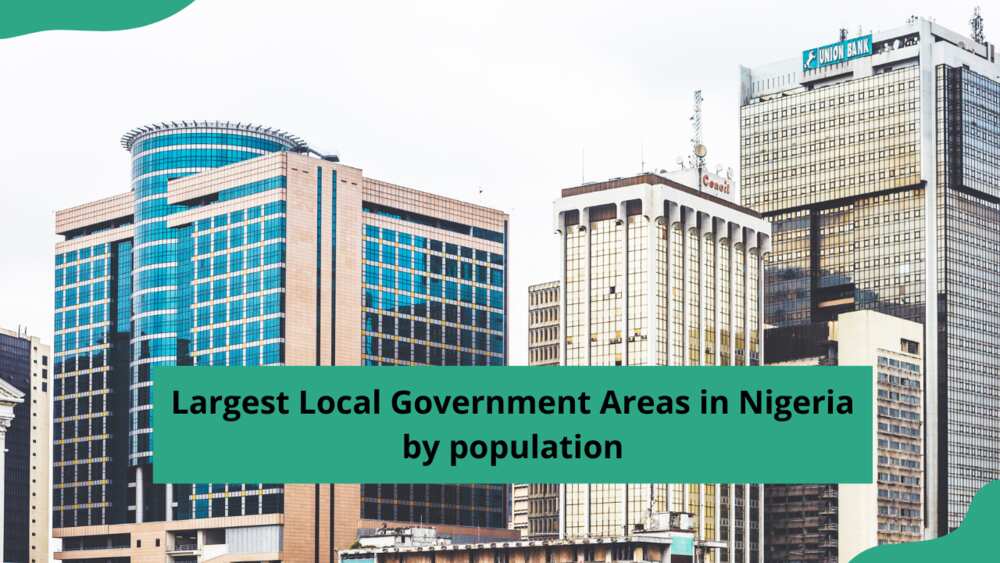
Source: Getty Images
The most populated local government in Nigeria has over a million people. LGA authorities are located in various states and are tasked with service provision to the people. They deal with public health, education, town planning, local transport, and waste disposal. Read on to discover the largest local government in Nigeria by population.
Top 10 largest Local Government Areas in Nigeria by population
Below is the list of the largest local governments in Nigeria based on the last census conducted in 2006. The population is projected to have increased since then. The next census will be conducted this year in 2023.
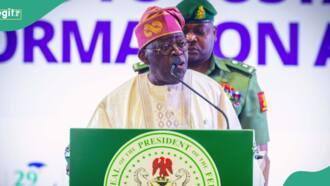
Read also
'Southeast zero': Full list of states President Tinubu’s newly-appointed INEC RECs will serve
10. Port-Harcourt - 538,558
Port Harcourt LGA is located in Rivers State. Port-Harcourt has several districts, including Oroabali, Orolozu, Rumuobiekwe, Nkpogu, Abuloma, Ogbunabali, New GRA, and Diobu.
People from diverse ethnic groups reside in this LGA, and Christianity is the predominant religion. English and Pidgin are the most commonly spoken languages.
9. Maiduguri - 540,016
Maiduguri LGA is situated in Borno State and is also the state's capital. Maiduguri's districts include Maiduguri Urban, Bulablin I & II, Bolori I & II, Gamboru Liberty, Jabba Mari, Gwange I & II, Shehuri North, Lamisula, Shehiri South, Limanti, and Mafoni. Fulani, Shuwa, Bura, Hausa, and Margi people are the predominant inhabitants of this LGA.
8. Nasarawa - 596,411
The Nasarawa LGA is one of the 13 LGAs in Nasarawa State. Its districts include Udege, Loko, Bakono, Aissa, Guto Aguba, Ataga, Angewa, Aza, Gwafa, Dora, and Ayele. It had about 596,411 people per the last census.

Read also
Breaking: APC Govs Sanwo-Olu, Abiodun, Oyebanji hold crucial meeting with Makinde in Ibadan
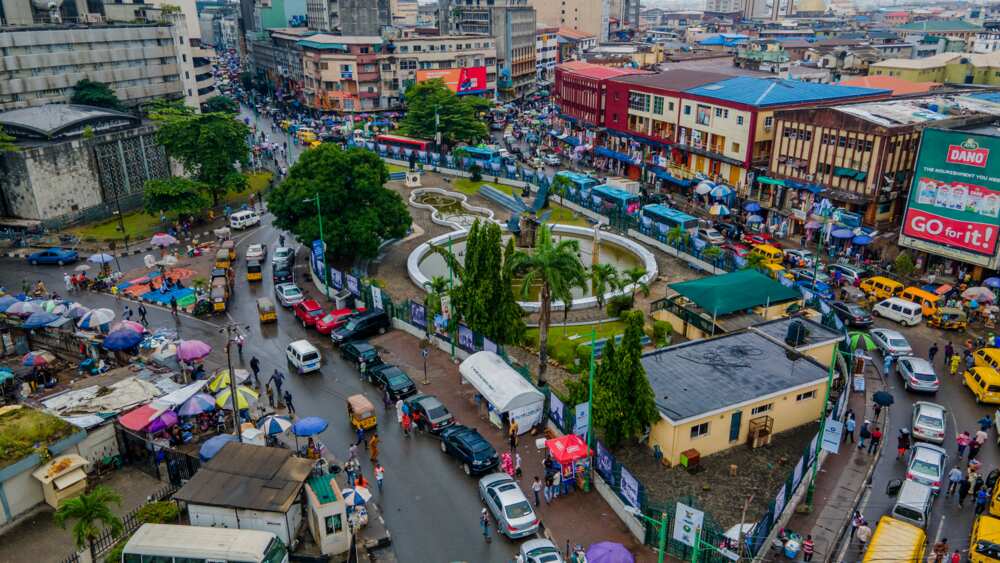
Source: Getty Images
7. Ojo - 609,173
Ojo LGA is among the 20 LGAs in the state of Lagos. Ojo's districts Olojo, Ira, Alaba, Ojo, Shibiri, Okokomaiko, Abule Ade, Ilogbo, and Idoluwo. Yoruba is the most commonly spoken language, and the predominant religions are Christianity and Islam.
6. Oshodi-Isolo - 629,061
Oshodi-Isolo is an LGA located northwest of Lagos City. Alhaji Lateef Kayode Jakande, the second republic Governor of Lagos State, formed it. Oshodi-Isolo LGA had a human population of 609,173 in the 2006 census.
5. Mushin - 631,857
Mushin LGA is one of the twenty LGAs in Lagos State, and its headquarters are in the Palm Avenue district. Other districts in the LGA are Ladipo, Matori Industrial estate, Amu, Itire, Idi Oro, Ajeano, and Isolo road. Yoruba and Pidgin English are the predominant languages in Mushin.
4. Kosofe - 682,772
Kosofe is another LGA in Lagos, and its headquarters are in Ojota town. Its districts include Ojota, Ikosi, Oworonshoki, Ajao Estate, Gbagada, and Ogudu. People from diverse ethnicities reside in this Kosofe LGA, and the Yoruba language is commonly spoken.
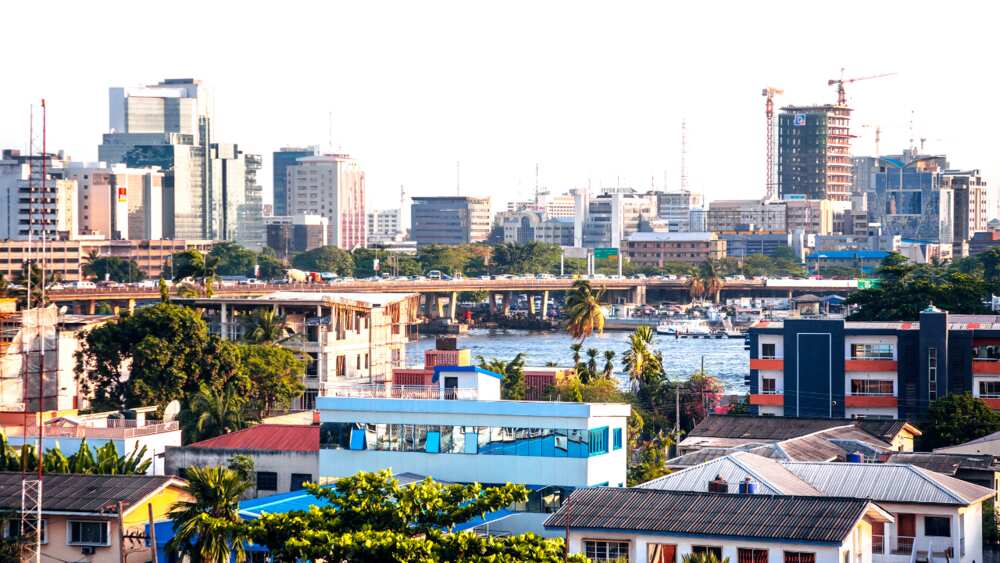
Source: Getty Images
3. Ajeromi-Ifelodun - 687,316
Ajeromi-Ifelodun is located in the Badagry division of the state of Lagos. Its headquarters are in the Ajegunle district. Popular areas in Ajeromi Ifelodun are Orudu, Ashafa, Onibaba, Awodi, Layeni, and Temidire. Christianity and Islam are commonly practised, and the Yoruba tribe is predominant.
2. Abuja Municipal Area Council - 776,298
Abuja Municipal Area Council had a population of 776,298 people in the 2006 census. The number has reportedly increased since then. The Abuja Municipal Area Council LGA was established in October 1984. It has 12 wards, namely Garki, City Centre, GUI, Gwarimpa, Gwagwa, Jiwa, Kabusa, Karshi, Nyanya, Orozo, Wuse, and Karo.

Read also
Lekki Free Trade Zone dispute: Harmony Gardens secures court order restraining task force, others
1. Alimosho - 1,319,571
Alimosho is the largest local government in Nigeria and Lagos State. It is also the most populated local government in Nigeria, with a population of 1,319,571 in the 2006 census.
The population of Alimosho is predominantly Egbados, and the Yoruba language is widely spoken. The two main religions are Islam and Christianity.
Summary table of the largest LGAs in Nigeria by population
| Rank | LGA | State | Population census 2006 | Population projection 2022 |
| 1 | Alimosho | Lagos State | 1,319,571 | 1,953,500 |
| 2 | Abuja Municipal Area Council | Federal Capital Territory | 776,298 | 1,693,400 |
| 3 | Ajeromi-Ifelodun | Lagos State | 687,316 | 1,017,500 |
| 4 | Kosofe | Lagos State | 682,772 | 1,010,800 |
| 5 | Mushin | Lagos State | 631,857 | 935,400 |
| 6 | Oshodi-Isolo | Lagos State | 629,061 | 931,300 |
| 7 | Ojo | Lagos State | 609,173 | 901,800 |
| 8 | Nasarawa | Kano State | 596,411 | 980,900 |
| 9 | Maiduguri | Borno State | 540,016 | 791,200 |
| 10 | Port-Harcourt | Rivers State | 538,558 | 774,600 |
Which are the top 10 largest local government in Nigeria by land mass?
Here is a table of the top 10 largest LGAs by land mass.
| Rank | LGA | State | Land mass |
| 1 | Borgu | Niger State | 11,267 km² |
| 2 | Baruten | Kwara State | 9,749 km² |
| 3 | Mashegu | Niger State | 9,182 km² |
| 4 | Bali | Taraba State | 9,146 km² |
| 5 | Gashaka | Taraba State | 8,393 km² |
| 6 | Toro | Bauchi State | 6,932 km² |
| 7 | Damboa | Borno State | 6,219 km² |
| 8 | Birnin Gwari | Kaduna State | 6,185 km² |
| 9 | Alkaleri | Bauchi State | 5,918 km² |
| 10 | Mariga | Niger State | 5,552 km² |
Which is the local government with the highest population in Nigeria?
The most populated local government in Nigeria is Alimosho in Lagos State. It had a population of 1,319,571 people in the 2006 census.
Which are the top 5 largest Local Government Areas in Nigeria?
The top five largest LGAs by population are Alimosho, Abuja Municipal Area Council, Ajeromi-Ifelodun, Kosofe, and Mushin.

Read also
BREAKING: Lagos orders residents of Lekki-Ajah, Meiran, 16 other areas to relocate over flooding
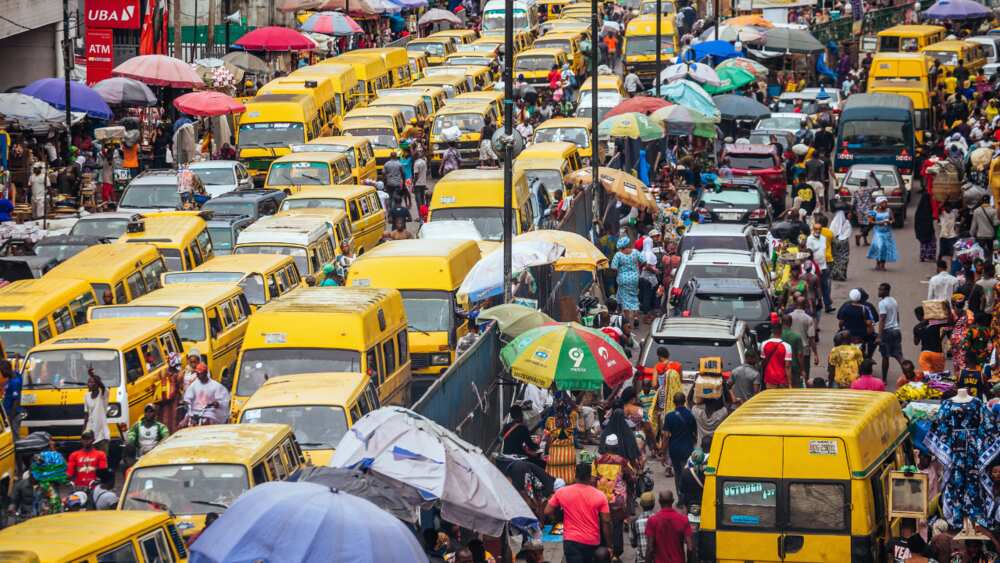
Source: Getty Images
Which local government is the largest in Nigeria
The biggest local government in Nigeria by land mass is Borgu. The local government is an administrative region in Niger State. It an area of 11,267 km² and a population of 110,000 at the 2006 census.
Which LGA is the smallest in Nigeria?
In terms of land area, Lagos Island is the smallest Local Government Area (LGA) in Nigeria. It has a total land area of 9.26 km². In terms of population, Bakassi is the smallest LGA, with a population of 31,641 as of 2006. It is one of the country's richest gulfs.
Which state has the largest local government in Nigeria?
The largest local government in Nigeria, Borgu is located in Niger State. Its headquarter situated in the town of New Bussa.
Which state in Nigeria has the largest number of Local Government Areas?
Kano State holds the record for having the most Local Government Areas (LGAs) in Nigeria, with a total of forty-four LGAs.
These are the top 10 largest Local Government Areas in Nigeria. The population is projected to have grown significantly over the years since the last census in 2006.
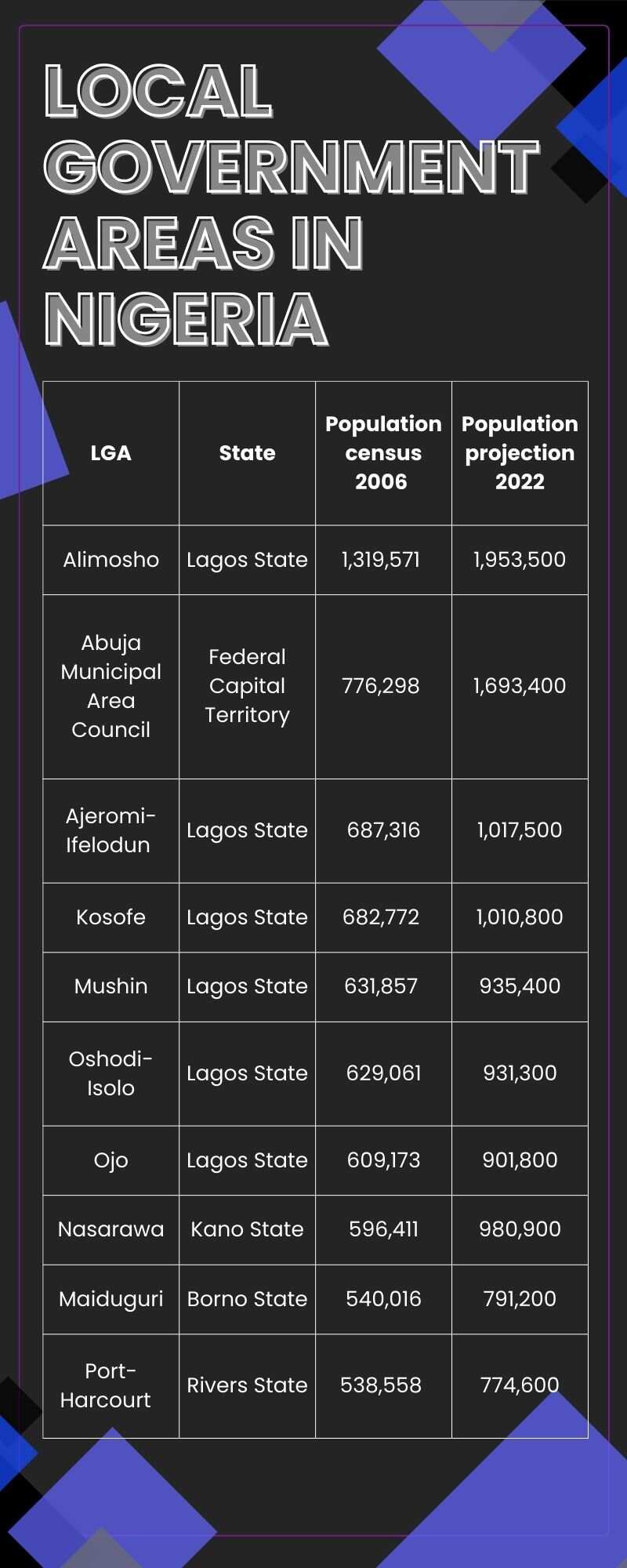
Source: UGC
Legit.ng recently published a list of the 25 best schools in Nigeria. Every parent desires to give their child the best education. They also want a school that develops a holistic citizen.
Educational institutions in the country are ranked based on infrastructure, quality of education, and academic performance. All parents need to know the top institutions in 2023.
Source: Legit.ng



